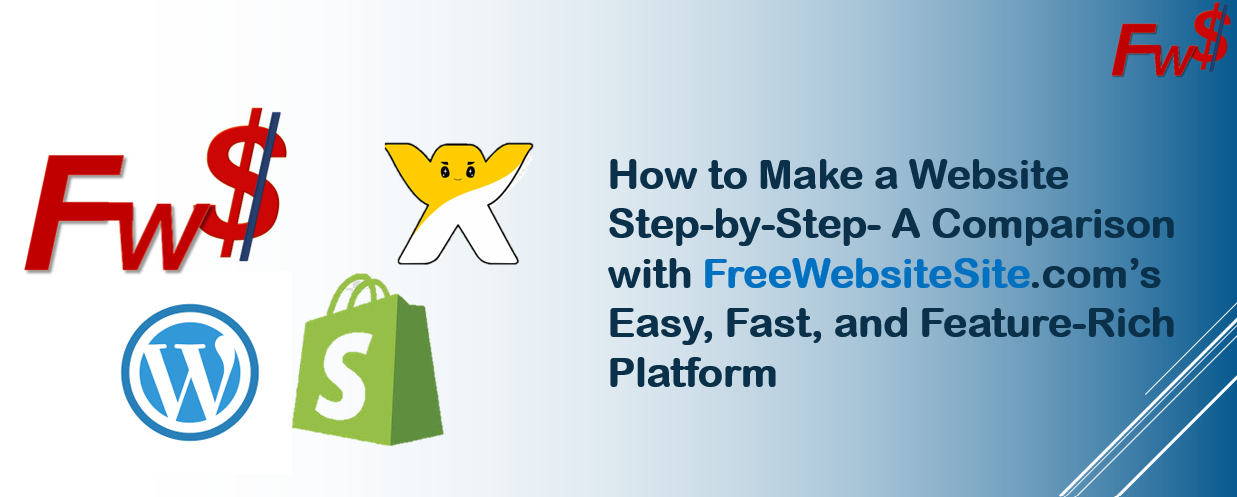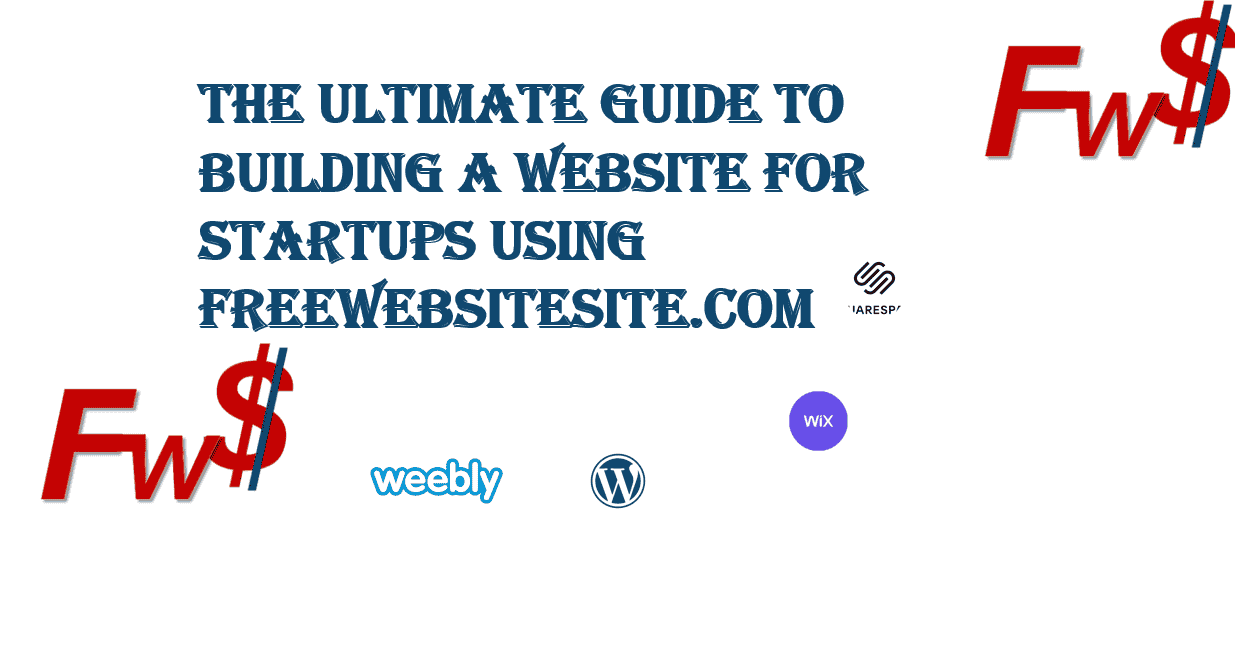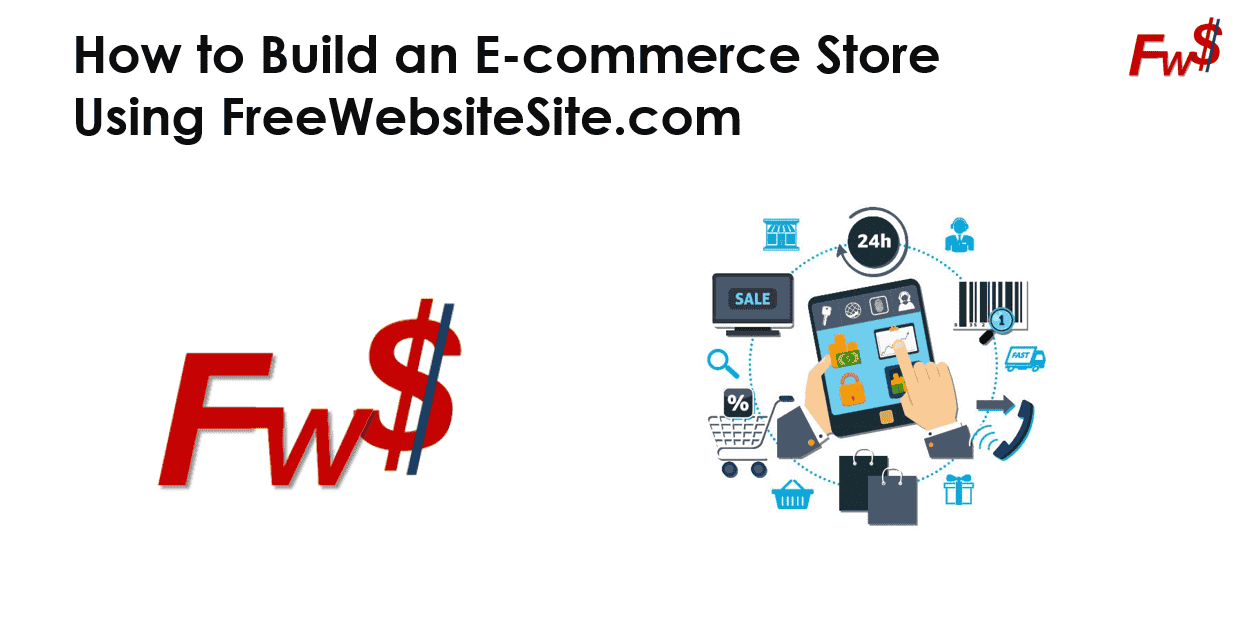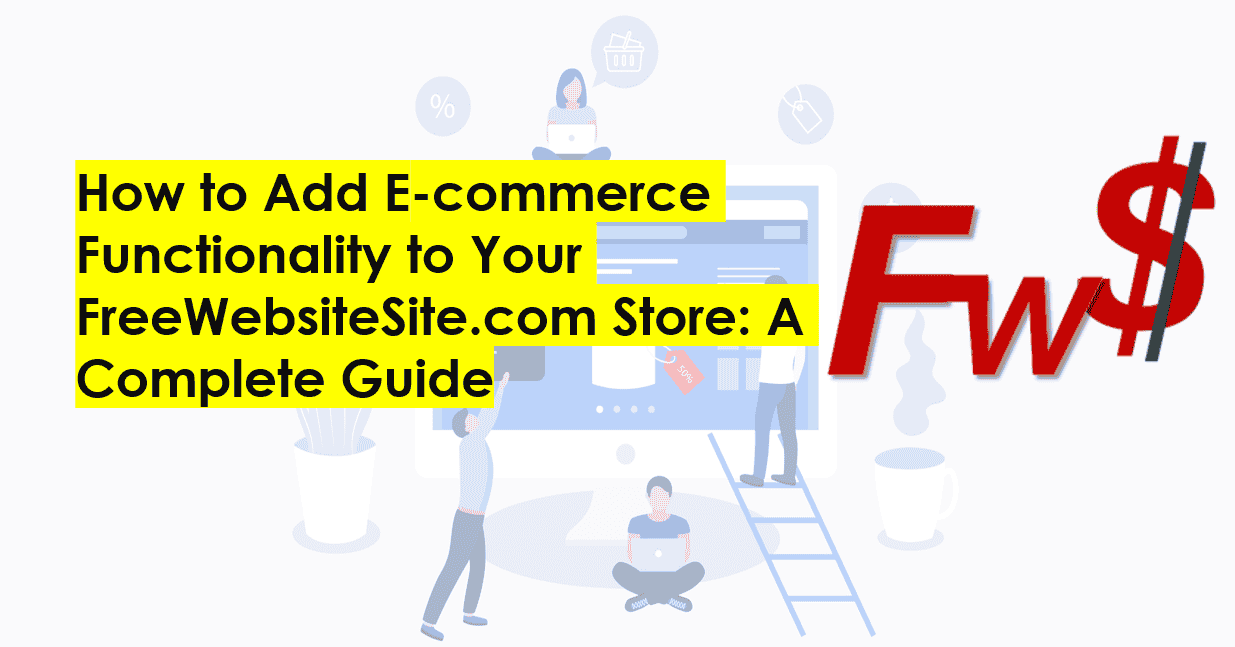Best E-commerce Platforms for 2025 - Which One is Best for Your Store

Best E-commerce Platforms for 2025: Which One is Best for Your Store?
In 2025, choosing the best e-commerce platform is crucial for the success of your online store. With numerous options available, selecting the right one can be challenging. In this e-commerce platform review, we compare leading platforms like Shopify vs WooCommerce vs BigCommerce, as well as explore free e-commerce platform options to help you make the best decision for your business.
1. Shopify: The All-in-One E-commerce Solution
Shopify remains one of the best e-commerce platforms in 2025. It offers an intuitive interface, powerful integrations, and scalability, making it ideal for both beginners and established businesses.
Pros:
-
User-friendly with drag-and-drop functionality
-
Secure hosting and built-in payment processing
-
Extensive app marketplace
Cons:
-
Monthly fees can add up
-
Limited customization compared to open-source solutions
2. WooCommerce: Best for WordPress Users
If you prefer flexibility, WooCommerce is a leading choice. As a WordPress plugin, it allows full control over customization and functionality.
Pros:
-
Free e-commerce platform with open-source customization
-
Large community and plugin support
-
SEO-friendly structure
Cons:
-
Requires web hosting and maintenance
-
Can be complex for beginners
3. BigCommerce: Scalable for Growth
BigCommerce is a powerful contender in the Shopify vs WooCommerce vs BigCommerce debate, catering to businesses looking for scalability without transaction fees.
Pros:
-
No transaction fees
-
Multi-channel selling (Amazon, eBay, social media)
-
Enterprise-grade features
Cons:
-
Higher learning curve
-
Limited free themes
4. Free E-commerce Platforms: Budget-Friendly Alternatives
For startups with limited budgets, several free e-commerce platform options are available, including OpenCart, Magento Open Source, and PrestaShop. While they require hosting and technical knowledge, they provide extensive customization opportunities.
Pros:
-
No monthly subscription fees
-
Full control over the platform
-
Open-source flexibility
Cons:
-
Requires technical expertise
-
Hosting and security are your responsibility
Conclusion: Which E-commerce Platform is Best for You?
Your choice of an e-commerce platform depends on your business needs. If you want a hassle-free, all-in-one solution, Shopify is a great choice. If you prefer customization, WooCommerce is a strong contender. For scalability and growth, BigCommerce is ideal. Meanwhile, free e-commerce platform options can be a great starting point for budget-conscious businesses.
Related Templates
In 2025, selecting the right e-commerce platform is crucial for your online store's success. To assist in your decision-making, here are some key statistics and research findings:
Market Share and Usage:
-
WooCommerce: As of January 2025, WooCommerce holds over 50% of the global e-commerce platform market share, making it the leading platform worldwide.
-
Shopify: In the U.S., Shopify is utilized by approximately 30% of websites employing e-commerce technologies, solidifying its position as a major player in the market.
-
BigCommerce: While specific market share data for BigCommerce in 2025 is limited, it remains a significant platform known for its scalability and robust features.
Global E-commerce Growth:
-
The global e-commerce market is projected to surpass $6.8 trillion in 2025, reflecting the increasing shift towards online shopping.
-
Approximately 2.77 billion people are expected to shop online worldwide in 2025, accounting for about 33% of the global population.
Platform-Specific Insights:
-
Shopify: By the end of 2024, Shopify's Gross Merchandise Volume (GMV) reached $56.2 billion, with a 20% increase in Q2 2024, totaling $67.2 billion.
-
WooCommerce: Over 3.1 million companies utilize WooCommerce, surpassing the combined usage of Shopify, Squarespace, and Wix.
These statistics highlight the strengths and market positions of leading e-commerce platforms in 2025. When choosing a platform, consider factors such as market share, scalability, and specific features that align with your business goals.







